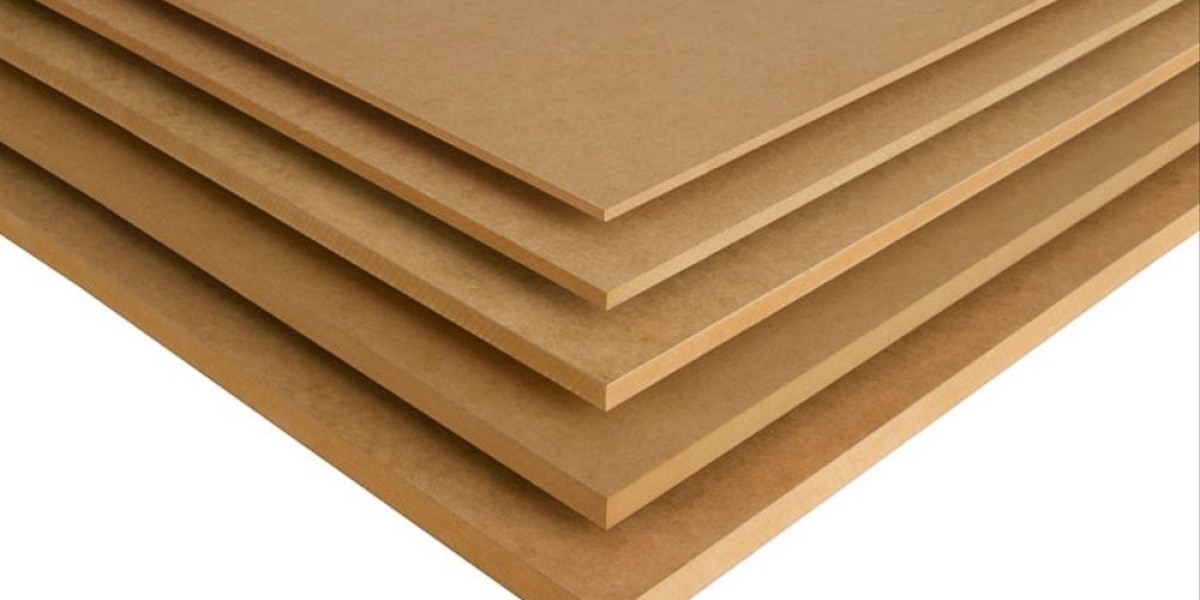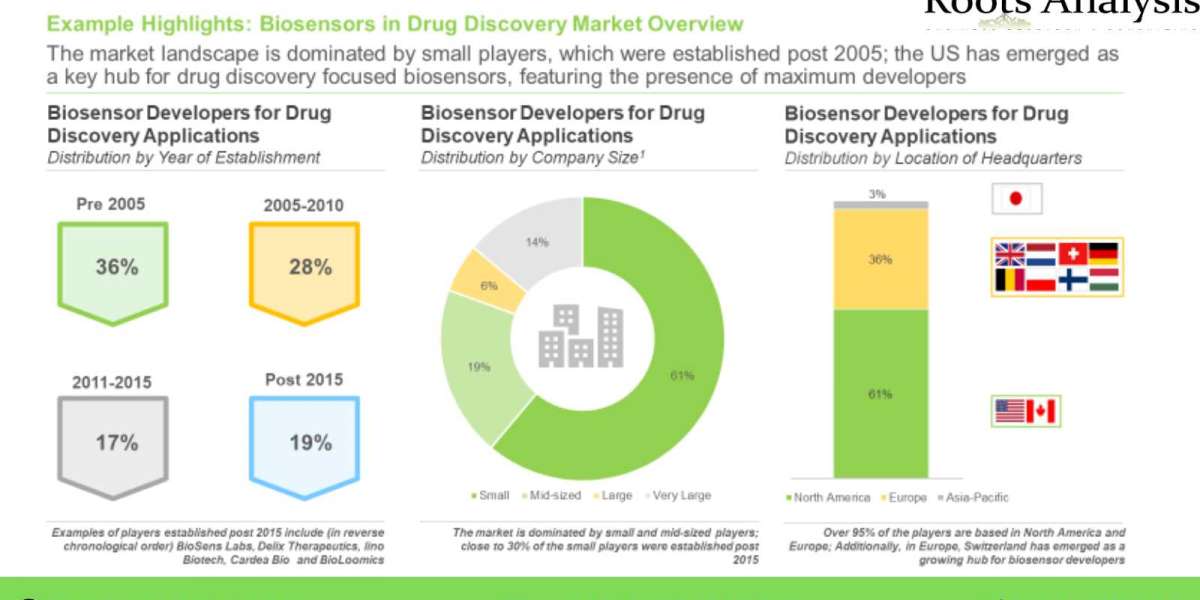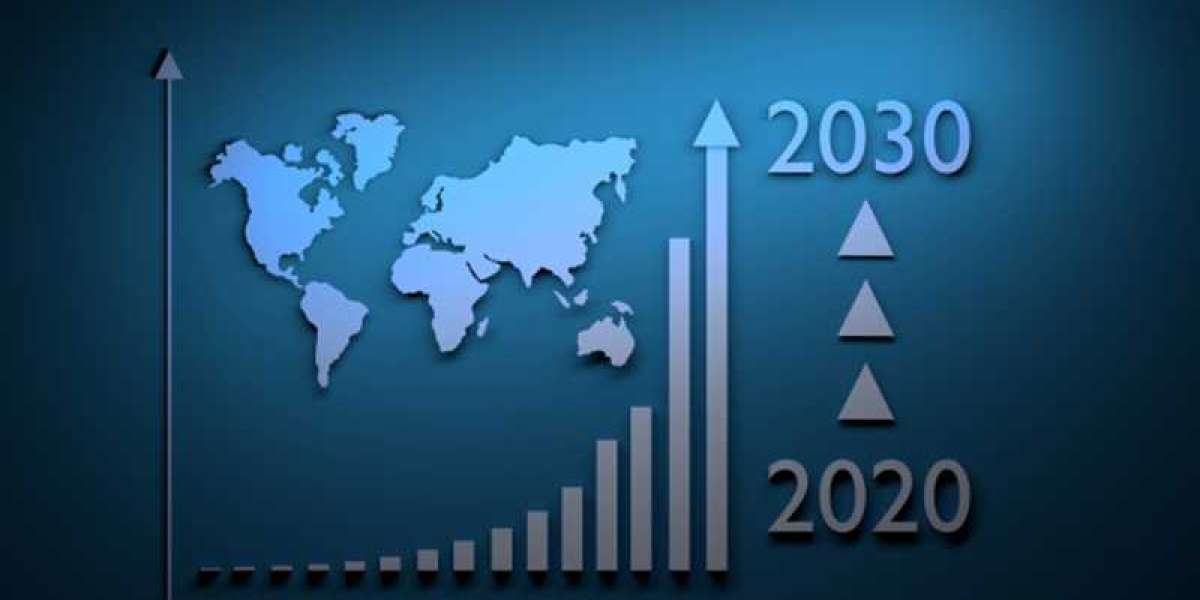The medium density fiberboard (MDF) market continues to expand globally, driven by increasing demand for engineered wood products across industries such as furniture, construction, and interior design. As a cost-effective and versatile material, MDF is gaining traction in both developed and emerging economies, with varying levels of market penetration depending on regional factors such as industrialization, consumer preferences, and environmental regulations.
North America: Steady Growth and Sustainability Trends
The North American MDF market is characterized by stable growth, supported by the strong presence of furniture manufacturers and the rising preference for sustainable materials. Consumers and businesses in the region are shifting toward environmentally friendly products, prompting MDF manufacturers to develop low-emission and recycled-content variants. Additionally, advancements in resin technology are addressing concerns about formaldehyde emissions, helping manufacturers comply with stringent environmental standards.
The construction sector in North America is also contributing to market expansion, with MDF being widely used in cabinetry, paneling, and flooring.
Europe: Strong Regulatory Influence and Market Maturity
Europe represents a well-established and highly regulated market for MDF. The demand for sustainable and low-emission MDF is particularly strong, driven by strict environmental policies and consumer awareness regarding eco-friendly materials. Manufacturers in the region are focusing on improving production processes, incorporating recycled wood fibers, and adopting bio-based adhesives to align with sustainability goals.
The furniture industry remains a significant consumer of MDF in Europe, with countries such as Germany, Italy, and France leading in furniture production. Additionally, the rise of modular and ready-to-assemble furniture is further boosting MDF adoption. Despite market maturity, ongoing innovation and sustainability initiatives continue to shape growth opportunities in the region.
Asia-Pacific: Rapid Industrialization and Expanding Market Reach
The Asia-Pacific region is experiencing the fastest growth in MDF consumption, driven by rapid urbanization, expanding construction activities, and a flourishing furniture industry. Countries such as China, India, and Vietnam are key contributors to market expansion, with increasing investments in manufacturing infrastructure and technology.
China, being one of the largest producers and consumers of MDF, dominates the regional market with large-scale production facilities and advanced processing technologies. The country’s growing middle-class population and demand for affordable, high-quality furniture have further fueled market growth. Meanwhile, India’s furniture and real estate sectors are creating new opportunities for MDF manufacturers, as local production capabilities expand to meet rising domestic demand.
Market penetration in Asia-Pacific is also benefiting from cost-effective production and exports to other regions. However, fluctuations in raw material availability and environmental concerns related to deforestation pose challenges that the industry must address through responsible sourcing and sustainable production practices.
Latin America: Emerging Opportunities Amid Economic Shifts
The MDF market in Latin America is gaining momentum, with increasing demand from the furniture and construction sectors. Countries such as Brazil, Mexico, and Argentina are witnessing growing investments in MDF manufacturing, driven by rising consumer demand for affordable and durable wood alternatives.
Economic shifts and urban development are contributing to greater market penetration, as MDF provides an economical solution for interior applications in residential and commercial projects. However, market expansion is influenced by economic volatility, currency fluctuations, and trade policies, which can impact raw material costs and production efficiency.
Middle East and Africa: Growing Infrastructure and Market Shifts
The Middle East and Africa are emerging as potential growth regions for the MDF market, with increasing infrastructure development and a growing preference for engineered wood products. In the Middle East, demand for MDF is driven by large-scale construction projects, commercial spaces, and luxury interiors. Meanwhile, in Africa, urbanization and economic growth are creating new opportunities for MDF applications in residential and commercial construction.
market penetration in these regions faces challenges related to limited local manufacturing capabilities and dependence on imports. Efforts to establish regional production facilities and improve supply chain efficiency will be key to expanding MDF adoption and reducing costs for end-users.
Market Shifts and Future Outlook
The global MDF market is undergoing significant shifts, influenced by changing consumer preferences, sustainability trends, and advancements in production technology. The demand for moisture-resistant and fire-retardant MDF is increasing, particularly in markets where construction safety regulations are becoming more stringent. Additionally, the rise of digitalization in the furniture industry, including online furniture sales and customization options, is driving new market dynamics.
As environmental concerns continue to shape the industry, manufacturers are focusing on sustainable production methods, including the use of recycled wood fibers and bio-based adhesives. These efforts not only align with regulatory requirements but also enhance brand positioning and competitiveness in the global market.



